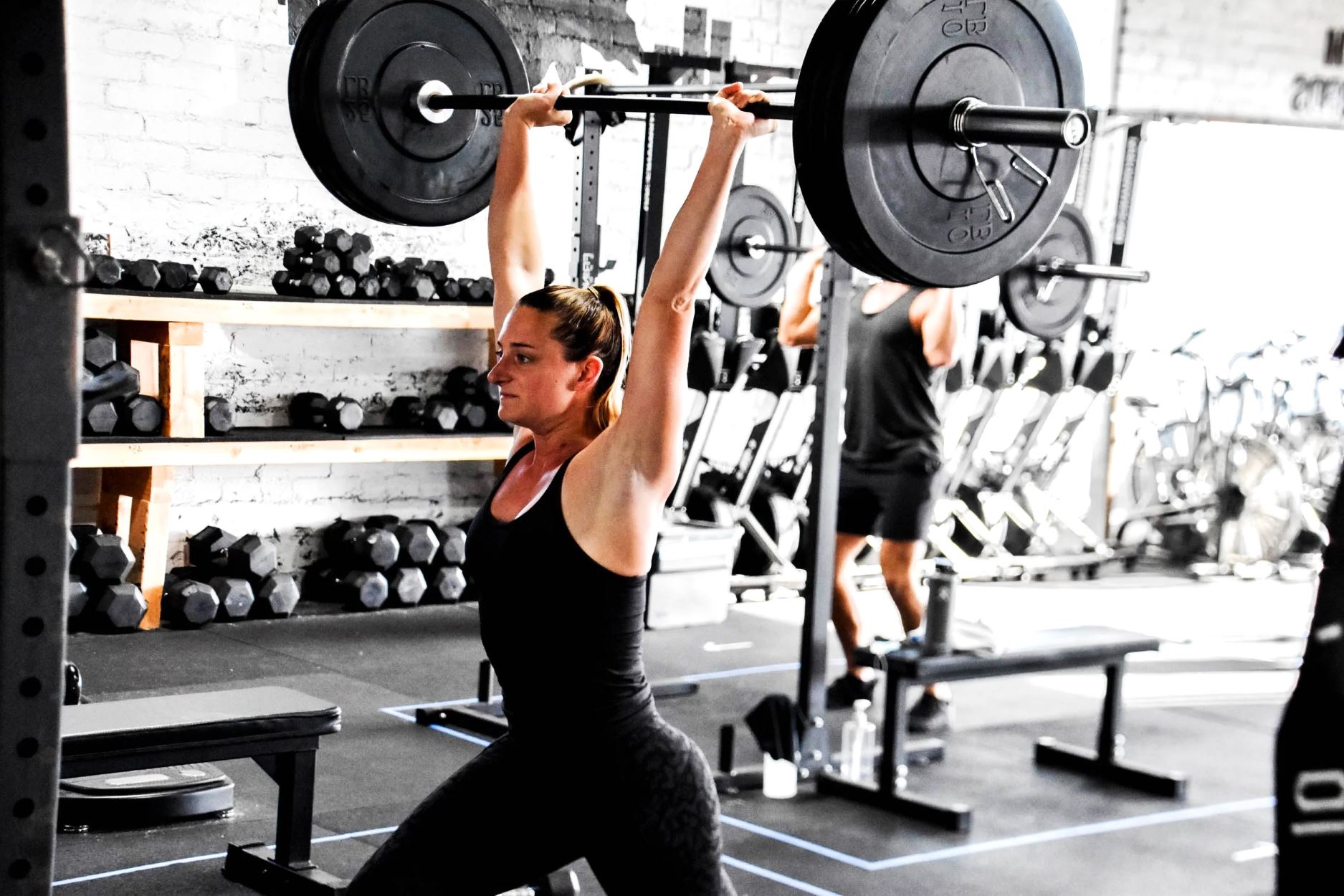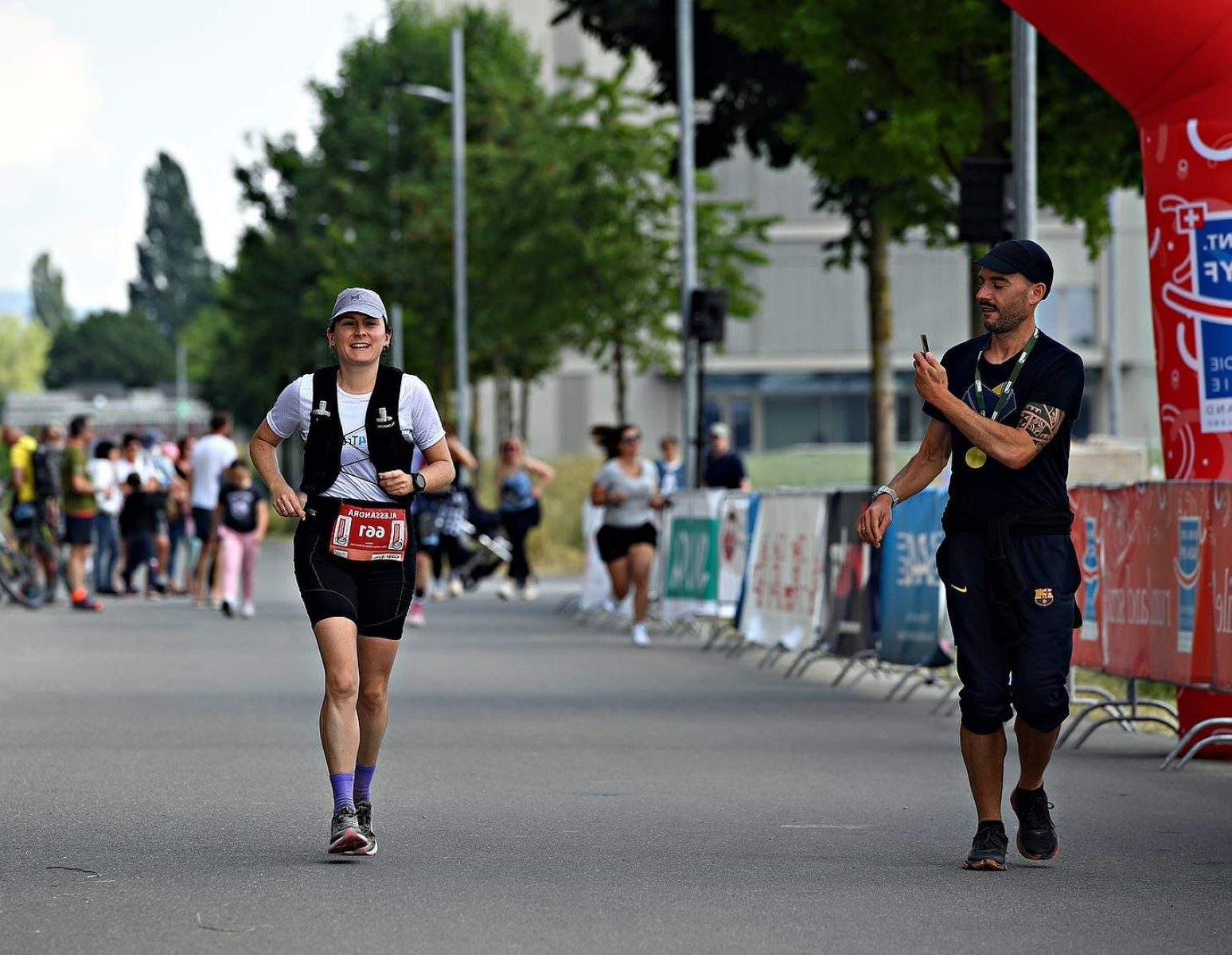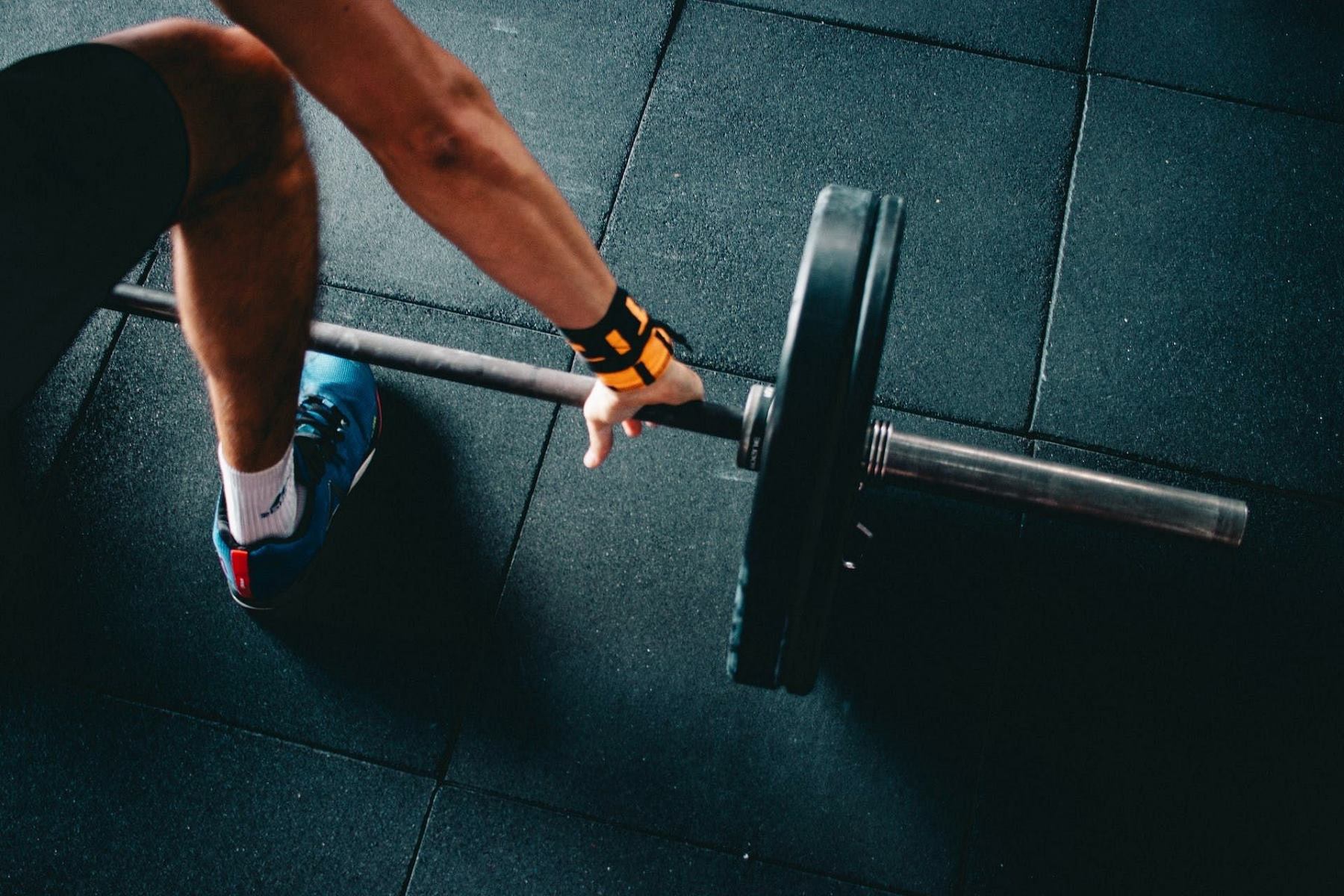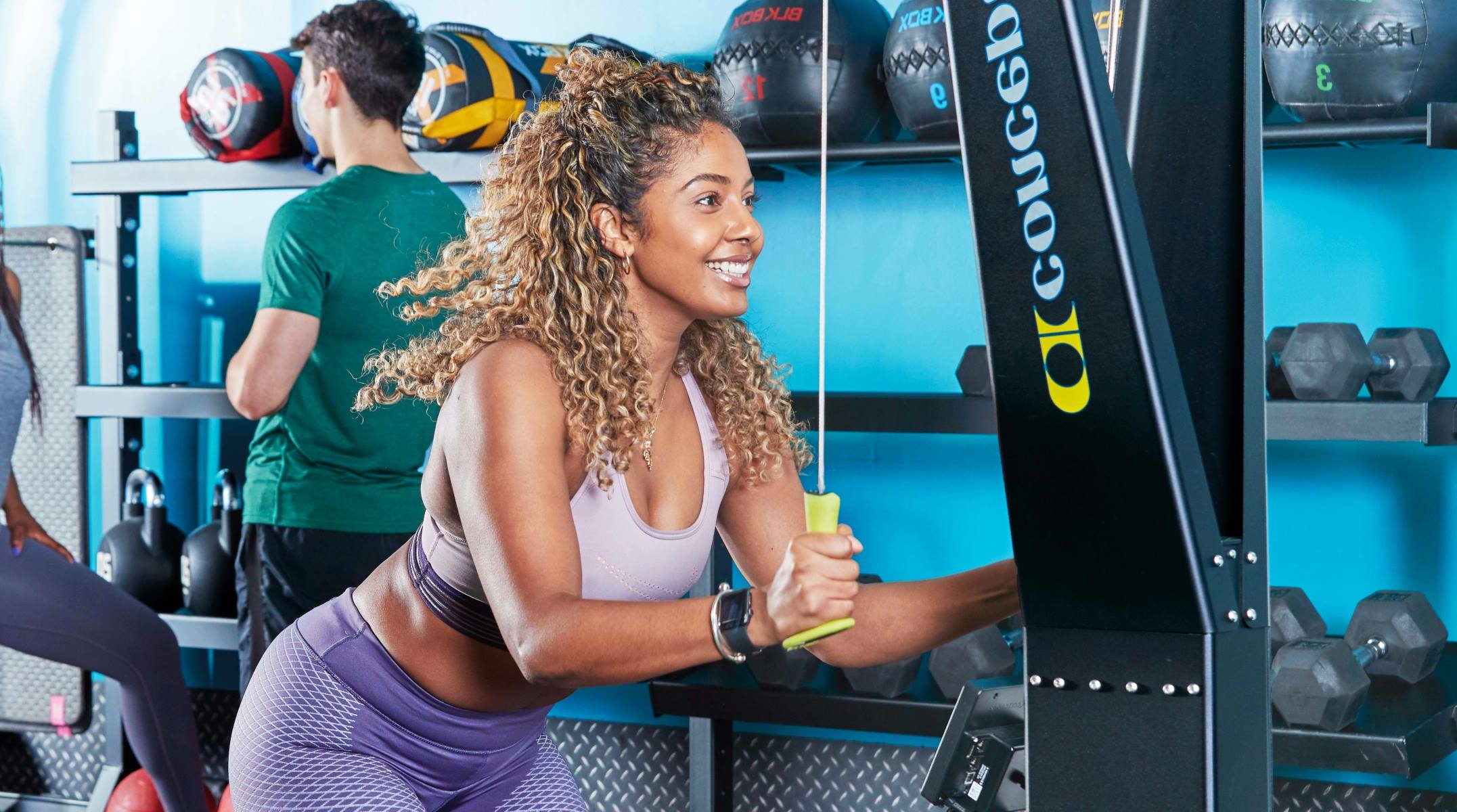Home>Training & Techniques>Improving Running Performance With Calf Raises
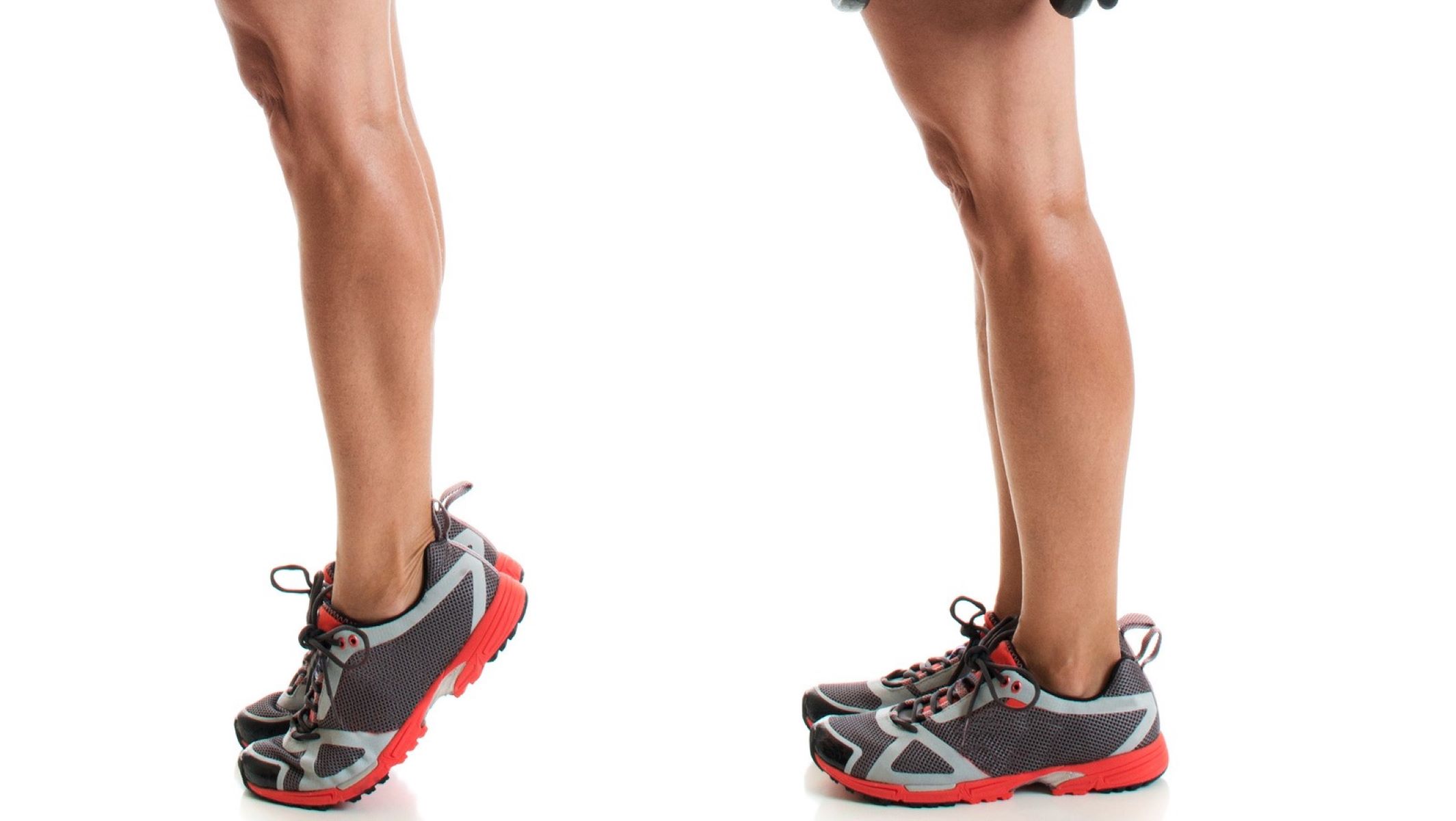

Training & Techniques
Improving Running Performance With Calf Raises
Published: March 3, 2024
Enhance your running performance with effective calf raise training techniques. Learn how to optimize your training for better results. Discover the benefits today!
(Many of the links in this article redirect to a specific reviewed product. Your purchase of these products through affiliate links helps to generate commission for Therunningadvisor.com, at no extra cost. Learn more)
Table of Contents
- The Importance of Calf Strength in Running
- Proper Form and Technique for Calf Raises
- Incorporating Calf Raises into Your Training Routine
- Advanced Calf Raise Variations for Increased Performance
- Common Mistakes to Avoid When Doing Calf Raises
- Supplementing Calf Raises with Other Exercises for Maximum Benefit
The Importance of Calf Strength in Running
Calf strength plays a pivotal role in running performance and overall lower body stability. The calves, comprising the gastrocnemius and soleus muscles, are actively engaged during the propulsion phase of each stride. As the foot pushes off the ground, the calf muscles contract, propelling the body forward. Therefore, developing and maintaining strong calf muscles is essential for runners aiming to enhance their speed, endurance, and injury resilience.
Strong calf muscles contribute to improved running efficiency by providing a powerful push-off during each stride. This translates to increased speed and reduced energy expenditure, enabling runners to cover greater distances with less effort. Additionally, robust calf muscles help stabilize the ankle joint, reducing the risk of injuries such as sprains and strains. This is particularly crucial for trail runners and those navigating uneven terrain.
Furthermore, adequate calf strength is vital for maintaining proper running form. Weak calf muscles can lead to premature fatigue and a breakdown in running technique, increasing the likelihood of overcompensation and subsequent injuries in other areas of the lower body. By strengthening the calves, runners can sustain optimal form throughout their runs, minimizing the impact on the knees and hips while maximizing performance.
Incorporating specific exercises, such as calf raises, into a comprehensive training regimen can effectively target and strengthen the calf muscles. This targeted approach not only enhances running performance but also aids in injury prevention and rehabilitation. By recognizing the significance of calf strength in running and dedicating attention to its development, runners can unlock their full potential and experience the numerous benefits of a strong lower body foundation.
Proper Form and Technique for Calf Raises
Executing calf raises with proper form and technique is fundamental to maximizing their effectiveness and minimizing the risk of injury. Whether performing standing calf raises or seated calf raises, adhering to correct form is essential for targeting the calf muscles and avoiding unnecessary strain on other areas of the body.
Standing Calf Raises
- Positioning: Stand with feet hip-width apart, ensuring that the weight is evenly distributed across the entire foot. Maintain a straight posture with shoulders pulled back and abdominal muscles engaged.
- Elevation: Slowly rise onto the balls of the feet by pushing through the toes and the balls of the feet. Focus on lifting the heels as high as possible without compromising balance or stability.
- Contraction: Hold the raised position for a brief moment to fully engage the calf muscles before gradually lowering the heels back to the starting position. Aim for a controlled descent to maximize muscle activation throughout the entire range of motion.
Seated Calf Raises
- Setup: Sit on a calf raise machine or bench with the balls of the feet resting on the foot platform and the knees positioned at a 90-degree angle. Ensure that the shoulders are relaxed, and the back is supported against the pad.
- Elevation: Push through the balls of the feet to raise the heels, lifting the weight by contracting the calf muscles. Focus on achieving a full range of motion by lifting the heels as high as possible without compromising form.
- Contraction: Hold the raised position momentarily to intensify the contraction in the calf muscles before slowly lowering the heels back to the starting position. Maintain control throughout the movement to optimize muscle engagement and minimize momentum.
Common Form Mistakes to Avoid
- Bouncing: Refrain from using momentum or bouncing movements to lift the heels, as this diminishes the effectiveness of the exercise and increases the risk of injury.
- Partial Range of Motion: Strive to achieve a full range of motion during each repetition, ensuring that the calf muscles are fully stretched and contracted for optimal results.
- Excessive Weight: Avoid using excessively heavy weights that compromise proper form, as this can lead to strain on the muscles and joints, increasing the likelihood of injury.
By prioritizing proper form and technique during calf raises, individuals can effectively target the calf muscles, promote muscle growth and strength, and reduce the likelihood of strain or injury. Whether incorporating standing or seated calf raises into a workout routine, maintaining strict form is key to reaping the full benefits of this essential lower body exercise.
Incorporating Calf Raises into Your Training Routine
Integrating calf raises into a well-rounded training routine is a strategic approach to fortifying the lower body and optimizing running performance. By incorporating these targeted exercises, individuals can effectively enhance calf strength, improve running efficiency, and reduce the risk of lower limb injuries. Whether you're a seasoned runner or just beginning your fitness journey, integrating calf raises into your training regimen can yield substantial benefits.
Frequency and Volume
To derive maximum benefit from calf raises, it is essential to establish a consistent schedule for their inclusion in your training routine. Aim to incorporate calf raises into your workouts at least two to three times per week. This frequency allows for adequate muscle recovery while promoting continuous strength development. When starting out, begin with a moderate volume of calf raises, gradually increasing the number of sets and repetitions as your strength and endurance improve.
Progressive Overload
Implementing progressive overload is crucial for stimulating muscle growth and strength development. As you become more proficient in performing calf raises, progressively increase the resistance or weight used. This can be achieved by incorporating additional weight through dumbbells, barbells, or a calf raise machine. Alternatively, adjusting the tempo of the exercise, such as incorporating slower eccentric movements, can also contribute to progressive overload and enhanced muscle adaptation.
Integration with Running Workouts
Incorporating calf raises into your training routine does not exist in isolation; it should complement your overall running program. Consider integrating calf raises on days when you engage in shorter, high-intensity runs or as part of your cross-training regimen. This strategic placement allows for synergistic benefits, as the strengthened calf muscles can contribute to improved running performance and reduced fatigue during high-intensity efforts.
Variability and Adaptation
To prevent plateauing and maintain continual progress, it is beneficial to incorporate variability into your calf raise routine. This can involve incorporating different variations of calf raises, such as single-leg calf raises, or altering the foot positioning to target specific areas of the calf muscles. Additionally, varying the rep ranges and incorporating different training modalities, such as isometric holds or explosive calf raises, can promote comprehensive muscle development and adaptation.
Recovery and Regeneration
Recognizing the importance of recovery and regeneration is paramount when integrating calf raises into your training routine. Adequate rest periods between sets and prioritizing post-workout recovery strategies, such as stretching and foam rolling, are essential for optimizing muscle repair and growth. Additionally, incorporating rest days into your training schedule allows the calf muscles to recuperate and adapt to the training stimulus, reducing the risk of overuse injuries.
By thoughtfully integrating calf raises into your training routine and adhering to these strategic considerations, you can effectively enhance calf strength, improve running performance, and mitigate the risk of lower limb injuries. This targeted approach not only contributes to a more robust lower body foundation but also sets the stage for sustained progress and performance improvements in your running endeavors.
Advanced Calf Raise Variations for Increased Performance
Elevating calf raise exercises to advanced variations can significantly enhance lower body strength, muscular endurance, and running performance. By introducing progressive challenges and targeting the calf muscles from different angles, advanced variations of calf raises offer a comprehensive approach to maximizing muscle development and functional performance.
Single-Leg Calf Raises
Integrating single-leg calf raises into your training regimen provides a heightened level of difficulty and specificity, closely mimicking the unilateral demands of running. By isolating each calf individually, this variation not only enhances strength but also addresses potential muscular imbalances between the left and right legs. Performing single-leg calf raises requires heightened proprioception and stability, engaging the core and smaller stabilizing muscles to maintain balance throughout the movement. This advanced variation is particularly beneficial for runners seeking to improve unilateral strength and stability, ultimately contributing to more symmetrical and efficient running mechanics.
Eccentric Calf Raises
Incorporating eccentric calf raises introduces a unique stimulus to the calf muscles, emphasizing the controlled lengthening phase of the muscle contraction. During the eccentric phase, the calf muscles are under tension as they elongate, promoting greater muscle fiber recruitment and microtrauma, which are essential for muscle growth and strength development. By deliberately emphasizing the lowering phase of the calf raise movement, individuals can effectively target the calf muscles' eccentric strength, enhancing their ability to withstand the forces experienced during the deceleration phase of running. This variation not only promotes muscular hypertrophy but also contributes to improved running economy and resilience to downhill running and abrupt changes in terrain.
Plyometric Calf Raises
Integrating plyometric calf raises into a training routine introduces an explosive and dynamic element to calf muscle conditioning. This advanced variation involves rapidly transitioning from the lowered to the raised position, emphasizing powerful concentric contractions and rapid force production. Plyometric calf raises not only enhance muscular power and reactive strength but also contribute to improved running propulsion and sprinting capabilities. By incorporating plyometric elements, such as jump calf raises or explosive heel raises, individuals can effectively target fast-twitch muscle fibers, promoting enhanced muscular explosiveness and agility essential for sprinting and rapid acceleration during running.
Weighted Calf Raises
Utilizing additional resistance, such as dumbbells, barbells, or a calf raise machine, during calf raises introduces a progressive overload stimulus, promoting greater muscle recruitment and strength development. By incorporating weighted calf raises, individuals can systematically increase the resistance, challenging the calf muscles to adapt and grow stronger over time. This advanced variation is particularly effective for individuals seeking to build substantial calf muscle mass and strength, ultimately contributing to improved force production during running and enhanced muscular endurance. Additionally, weighted calf raises can be tailored to target specific areas of the calf muscles by adjusting foot positioning and the distribution of the added resistance, providing a versatile approach to comprehensive calf muscle development.
By incorporating these advanced calf raise variations into a well-rounded training regimen, individuals can effectively target the calf muscles from various perspectives, promoting comprehensive strength development, muscular endurance, and functional performance. These advanced variations not only contribute to enhanced running performance but also provide a strategic approach to fortifying the lower body foundation, ultimately supporting sustained progress and resilience in running endeavors.
Common Mistakes to Avoid When Doing Calf Raises
When performing calf raises, it is crucial to be mindful of common mistakes that can compromise the effectiveness of the exercise and increase the risk of injury. By recognizing and addressing these pitfalls, individuals can optimize their calf raise routine, minimize the likelihood of strain or discomfort, and maximize the targeted engagement of the calf muscles.
Bouncing Movements
One prevalent mistake to avoid during calf raises is relying on bouncing movements to lift the heels. This often occurs when individuals use momentum or quick, jerky motions to raise and lower the heels rapidly. Bouncing not only diminishes the effectiveness of the exercise by reducing the time under tension for the calf muscles but also increases the risk of strain on the Achilles tendon and calf muscles. To mitigate this mistake, focus on executing controlled and deliberate movements, emphasizing a smooth transition between the raised and lowered positions to fully engage the calf muscles throughout the entire range of motion.
Partial Range of Motion
Another common error is performing calf raises with a limited range of motion, failing to achieve a full stretch and contraction of the calf muscles. Incomplete movements can hinder the comprehensive activation of the calf muscles, limiting their growth and strength development. It is essential to prioritize a full range of motion during each repetition, ensuring that the heels are lifted as high as possible while maintaining proper form. By emphasizing the complete extension and flexion of the calf muscles, individuals can optimize the effectiveness of the exercise and promote balanced muscle development.
Excessive Weight
Using excessively heavy weights during calf raises can lead to compromised form and unnecessary strain on the muscles and joints. This mistake often results in reduced control during the exercise, increasing the risk of injury and diminishing the targeted engagement of the calf muscles. It is advisable to select a weight that allows for controlled and precise movements, enabling individuals to focus on the deliberate contraction and elongation of the calf muscles without sacrificing form. Gradually increasing the resistance in a controlled manner, as strength improves, is a more effective approach to stimulating muscle growth and strength development while minimizing the risk of strain or injury.
By being mindful of these common mistakes and prioritizing proper form and technique during calf raises, individuals can optimize the targeted engagement of the calf muscles, reduce the risk of injury, and maximize the effectiveness of this essential lower body exercise. Emphasizing controlled movements, a full range of motion, and appropriate resistance levels contributes to a safer and more productive calf raise routine, ultimately supporting comprehensive calf muscle development and functional performance.
Supplementing Calf Raises with Other Exercises for Maximum Benefit
Incorporating a diverse array of exercises alongside calf raises can significantly amplify lower body strength, enhance muscular balance, and fortify the foundational muscles crucial for running performance. By strategically integrating complementary exercises, individuals can foster comprehensive lower limb development, mitigate the risk of overuse injuries, and optimize the functional capacity of the calf muscles and surrounding musculature.
1. Squats and Lunges
Integrating squats and lunges into a training regimen offers a holistic approach to lower body strengthening. These compound movements engage multiple muscle groups, including the quadriceps, hamstrings, glutes, and calves, promoting balanced muscular development and functional strength. Squats and lunges not only complement calf raises by targeting the larger muscle groups of the lower body but also contribute to improved stability, coordination, and overall lower limb power.
2. Plyometric Exercises
Incorporating plyometric exercises, such as box jumps, jump squats, and bounding drills, introduces an explosive element to lower body conditioning. These dynamic movements emphasize rapid force production and reactive strength, enhancing the capacity for powerful propulsion during running. By integrating plyometrics alongside calf raises, individuals can cultivate enhanced muscular explosiveness, agility, and reactive capabilities, essential for sprinting, rapid directional changes, and navigating varied terrain.
3. Calf Stretches and Mobility Work
Prioritizing calf stretches and mobility exercises is essential for maintaining optimal flexibility and range of motion in the calf muscles. Dynamic and static stretches, as well as foam rolling, can alleviate muscular tightness, enhance blood flow, and promote tissue elasticity, reducing the likelihood of calf-related discomfort and improving running efficiency. By supplementing calf raises with targeted stretching and mobility work, individuals can optimize muscular function, mitigate the risk of stiffness, and support overall lower limb health.
4. Balance and Stability Training
Incorporating balance and stability exercises, such as single-leg balance drills and stability ball movements, fosters enhanced proprioception, core stability, and ankle strength. These exercises not only complement the stabilizing role of the calf muscles but also contribute to improved running mechanics, reduced risk of ankle injuries, and heightened overall lower limb stability. By integrating balance and stability training alongside calf raises, individuals can fortify the intricate network of muscles and joints essential for maintaining optimal running form and resilience.
5. Hill Training and Sprints
Integrating hill training and sprint workouts into a running program provides a practical application of the strength developed through calf raises and complementary exercises. Uphill running and sprinting demand heightened calf muscle engagement, emphasizing the need for robust lower limb strength and power. By incorporating these high-intensity efforts, individuals can translate the strength and endurance cultivated through calf raises and supplementary exercises into improved running performance, enhanced uphill capabilities, and heightened muscular resilience.
By thoughtfully supplementing calf raises with a diverse range of exercises, individuals can foster comprehensive lower limb development, optimize running performance, and mitigate the risk of overuse injuries. This strategic approach not only supports balanced muscular strength and functionality but also contributes to sustained progress and resilience in running endeavors.


